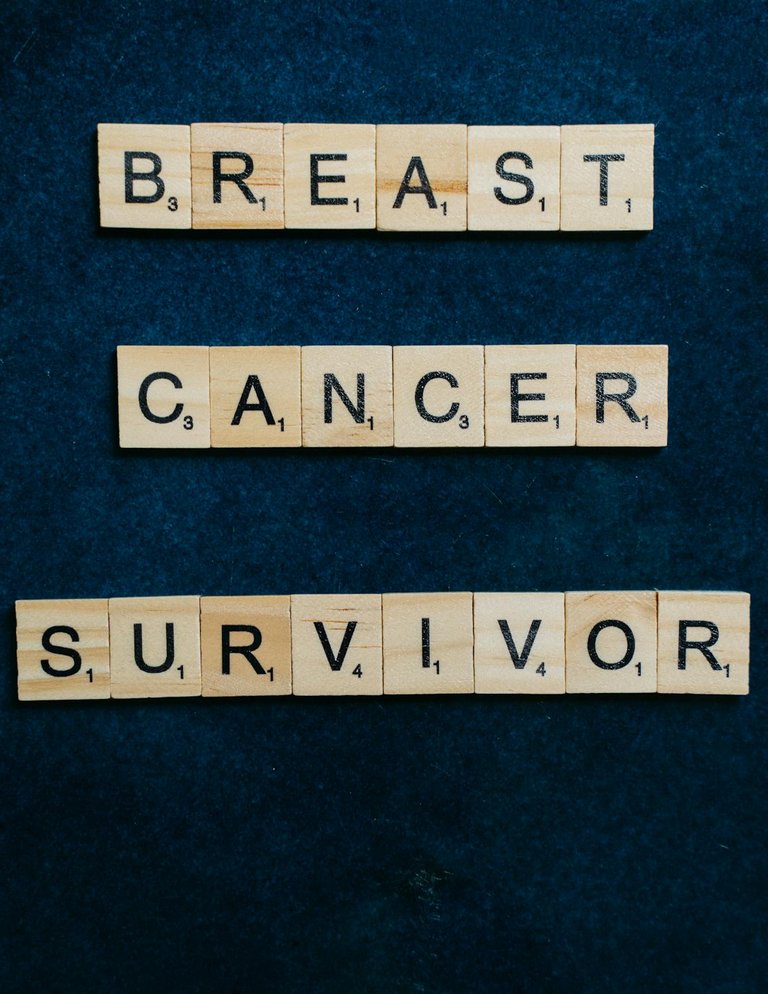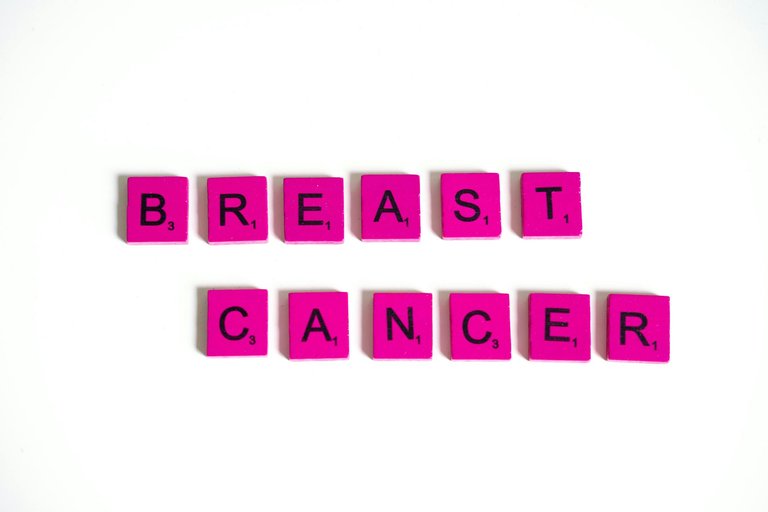Combating and raising awareness of breast cancer
What were her complaints? She noticed a tiny swelling just around her left breast areola and rushed down to the hospital for an assessment. She had covered several kilometers and passed several private hospitals to visit the government clinic where I worked on a Saturday. I was impressed by the young lady's value placed on her health. I took her relevant history and examined her as per the routine, and afterwards I gave her another appointment. I wouldn't know if she represented the facility, but she was one patient I was glad to have consulted.

Breast cancer remains one of the topmost killer diseases causing mortality in the world, particularly for women. It remains a disease we battle to salvage rather than cure or even prevent. Take a ride with me below.
Everyone is at risk of breast cancer, but women are more at risk. Cancer generally has no identifiable cause, but some risk factors have been attributed to its etiology. Age and family history of breast cancer are major risk factors. One of the first few patients I lost in the cause of starting my medical career was breast cancer. Breaking the bad news to her daughter, a 19-year-old, was a tough approach for me despite all our efforts for the patient. I remember telling my fellow colleagues about the need to counsel the daughter, as she was at risk of developing breast cancer in the future. Breaking such news to her when she had just lost her mom would be traumatizing, but I knew it would do her good in the long run to stay alert and avoid the use of hormonal drugs that may trigger its early onset.
Hardly do men believe they can come down with breast cancer. It's a rare occurrence, but we never say never in medicine, and for the men, a breast swelling with or without pain that may bring out milky discharge may cause concern. Just like the patient I clerked earlier, some symptoms can be general while others could be specific. General and common symptoms include but are not limited to unexplained weight loss, while the specific signs and symptoms include but are not limited to breast swelling, pain, and lumps in the armpit from lymph node swelling. Late-stage presentations are often characterized by breast ulcers and assymetry.

Unfortunately, most presentations of breast cancer are late, where the disease would have progressed to a stage of poor prognosis. This remains a major challenge in clinical practice and is attributable first to an inadequate healthcare system that is inaccessible and unaffordable.
Also to blame is the poor awareness or sensitization on signs and symptoms of cancer.
And lastly, the professionalism of the medical personnel to identify and quickly institute appropriate treatment.
Africa and Nigeria particularly suffer from the aforementioned challenges, and these have contributed to the poor prognosis of breast cancer.
The onus lies on both genders to identify those at risk and equally have positive health-seeking behavior. The awareness has to be taken to the grassroot community and community health workers should have training on early diagnosis and prompt referral. The cost of treatment should equally be ameliorated, as this has been identified as a major factor influencing patients who seek unorthodox medicine and care. More resources and incentives should also be channeled into research that would offer a permanent cure for cancer patients. Rehabilitative measures should equally include medical and social empowerment, as society has to support patients to reintegrate and fend for themselves.
You can participate in the monthly and daily #inleo prompts HERE
Thank you for taking time to read through. I would love to have your comments and contributions.
Posted Using InLeo Alpha
It is a pleasure to greet you, colleague @jjmusa2004.
Thank you for bringing us this thoughtful and instructive publication, where you outline with wisdom and experience, the main aspects associated with breast cancer and at the same time reveal its clinical-epidemiological behavior. In my country Venezuela, diagnoses in incipient stages, unfortunately, have been in decline, limited mainly by the lack of diagnostic resources in the Public Health System, deteriorated equipment, diminished useful life, for lack of proper maintenance, coupled with the shortage of supplies, which makes inaccessible the imaging diagnoses, as methods of certainty, in most patients, who do not have the financial resources to assume expenses in the private health sector. I fully agree with your statements, that more lives will be saved to the extent that awareness and sensitization are collectively reinforced, raising the importance of surveillance, associated with confirmatory diagnoses in early stages, through specialized medical consultations. Until next time, health and well-being !PIZZA
#emotionsfeelings
marilour
Excited and grateful for the deference, the lion insignia shines giving value and prestige to my comment, my gratitude to the team @leo.tasks
#leofinance
This remains a collective efforts involving the health and non-health institution but majorly, lies on the drivers of the awareness and sensitization. Thank you always dear colleague.
$PIZZA slices delivered:
@marilour(1/5) tipped @jjmusa2004